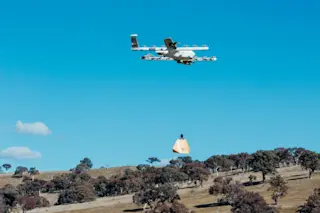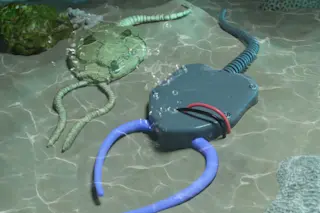Wing delivery drone flying over Queanbeyan, Australia. Credit: Project Wing If you get food cravings or need to grab some over-the-counter medicine, chances are that you live just a short walk or drive away from a convenience store or pharmacy as long as you live in a city or the suburbs. But the Aussie residents of a certain rural community face a 40-minute round trip in the car whenever they want to pick up some ingredients for dinner or even grab a cup of coffee. That situation made them the ideal first customers for backyard drone deliveries through Project Wing, a delivery drone effort under Google's parent company Alphabet. Since the fall of 2017, this Australian test group of "young families, busy professionals and retirees" has been helping Project Wing figure out the best ways for drones to deliver directly to customers' homes, said James Ryan Burgess, co-lead of Project ...
Project Wing Drones Test Home Delivery Down Under
Explore how delivery drone services are revolutionizing rural access to food and medical supplies with Project Wing in Australia.
More on Discover
Stay Curious
SubscribeTo The Magazine
Save up to 40% off the cover price when you subscribe to Discover magazine.
Subscribe













